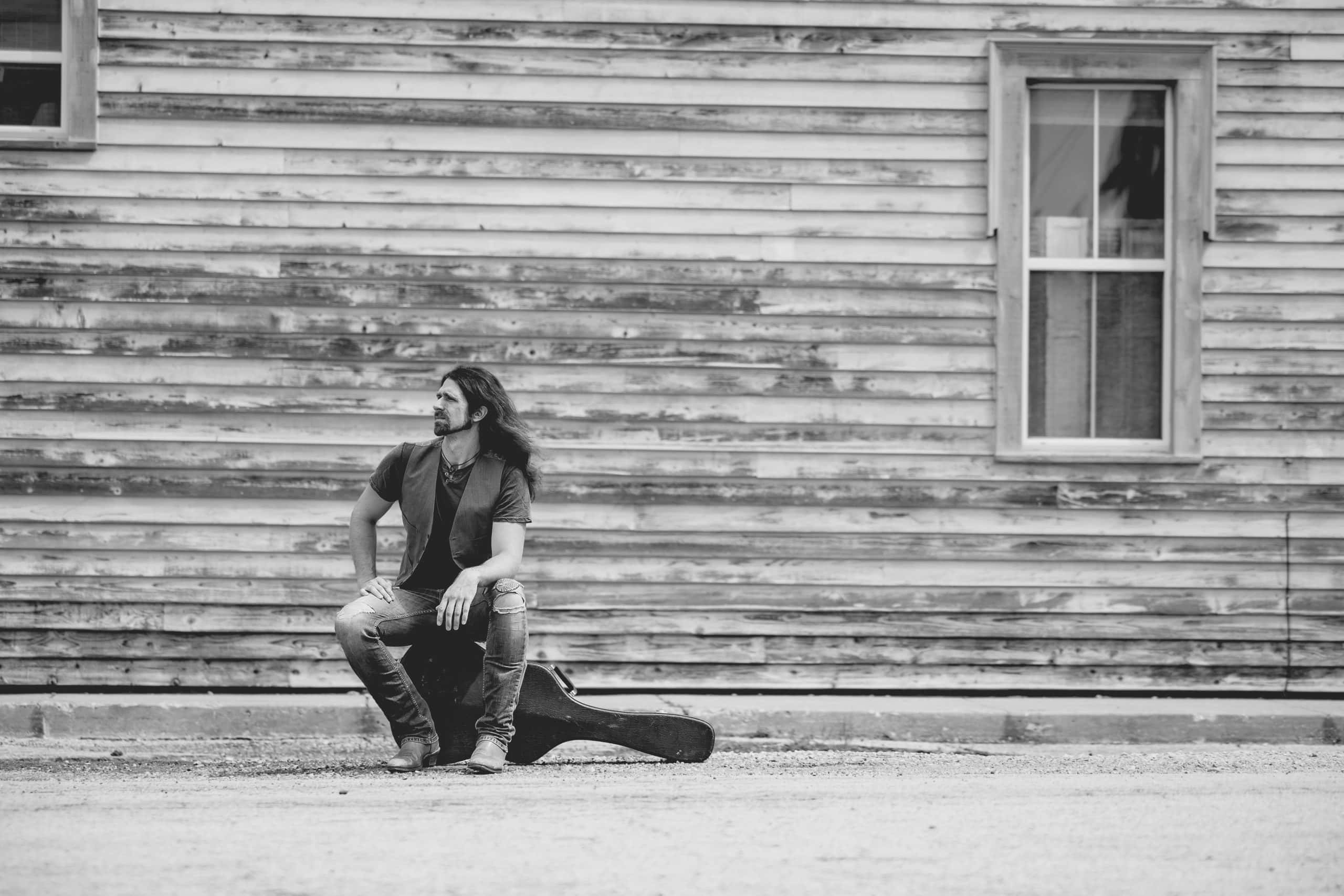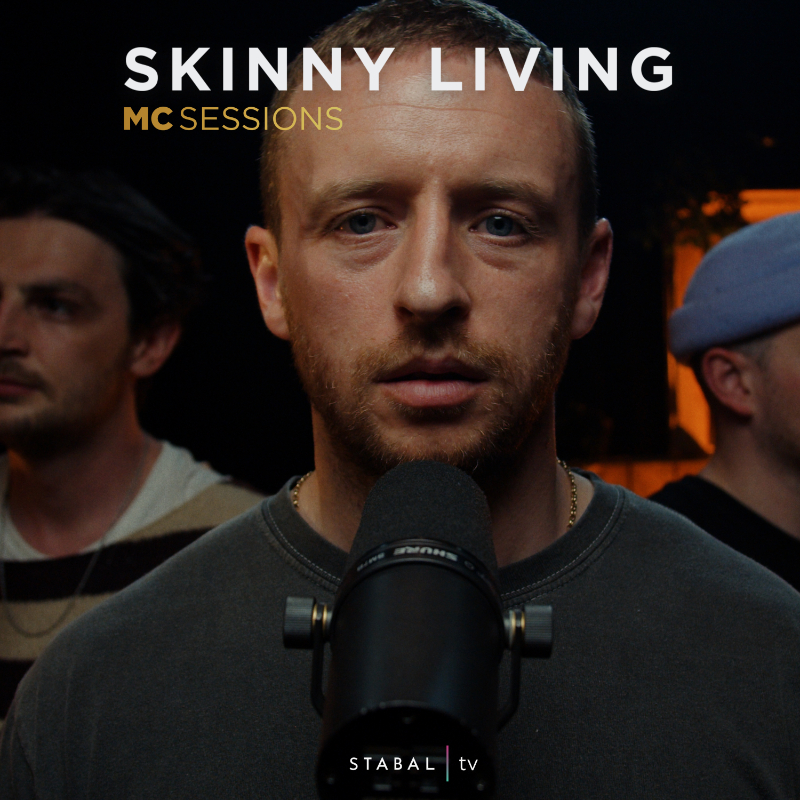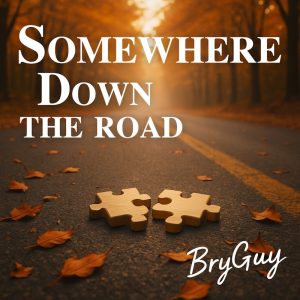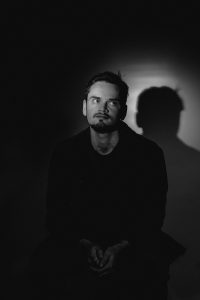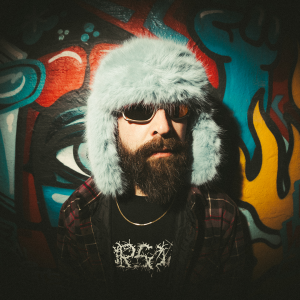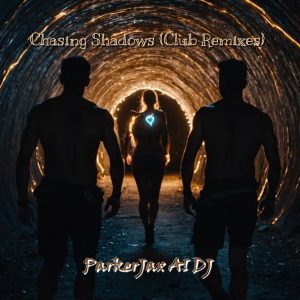With ‘Watercolors’, multi-faceted artist Ryan Herrick delivers a transcendent collection that blurs the line between meditative instrumentalism and soul-stirring songwriting. Steeped in spiritual introspection and shaped by a nomadic life path that spans from the serene mountains of Vermont to the vibrant pulse of Chicago, Herrick’s latest offering is a sonic pilgrimage — an intimate dialogue between nature, memory, and music.
Renowned for his contemplative acoustic guitar work and deep engagement with mysticism, Herrick has long treated music as both a meditative practice and a form of storytelling. His trilogy of instrumental EPs — Of Land, Of Sea, and Of Sky — explored elemental themes with a gentle yet profound sense of place. Now, in Watercolors, released June 2025, he deepens the canvas with the guidance of Grammy-nominated producer Duane Lundy (Ringo Starr, Daniel Rodriguez, Sturgill Simpson). Together, they create a record that seamlessly fuses lyric-driven songs with atmospheric instrumentals, honoring both the folk traditions Herrick draws from and the improvisational freedom that defines his sound.
The album is a masterclass in sonic blending. Herrick’s influences—from Laurel Canyon icons like Joni Mitchell and CSNY to fingerstyle pioneers like Michael Hedges—echo throughout, yet never overpower his distinct voice.
We got the opportunity to sit down with Ryan to learn all about the record, what inspired it and much, much more in this exclusive interview with Music Crowns!
—
Hey Ryan, welcome to Music Crowns! How are you doing?
Thanks for having me! I’m doing great– this year, I’ve been releasing a lot of new material. I’ve also been performing in and around the city of Chicago and its suburbs as well as Northern Illinois and Wisconsin. I’ve been keeping busy!
Describe “Watercolors” in three words for us!
Acoustic mystical journey
Your work is deeply rooted in spiritual exploration. When did music first become a vessel for that journey?
Even though my upbringing was steeped in the music and ceremony of Western Religion & Christianity, when I was quite young I was taken to Indian Powwows in the rural northeast and I have distinct memories of the drumbeats and tribal singing that touched me deeply, stirring feelings where I almost felt that I could reach into past lives.
The inspiration behind my music was formed while I was searching for my own spiritual path, beginning about 15 years ago. I discovered kirtan yoga, drum circles, and instrumental music around the same time that I started practicing Reiki, other energy-based healing modalities, and meditation. The act of artistic expression through music has now largely become my spiritual path. As a free-thinking, anti-dogmatic individual, the act of creating art is a liberating way for me to find spiritual expression, personal healing and connection.
You talk about “painting with all of the colors” — how do you know which instrument or texture a feeling needs?
[Laughs] In one word: Intuition!
I don’t necessarily know any of that prior tonthe moment of creating, whether in the studio or a live setting. Being present and following the feeling as the notes are being created often will lead me to a song or an arrangement. This process can be elusive and mysterious too– sometimes I will hear a Ghouzeng or Banjo or slide guitar and feel compelled to pick it up. Performance is a lot like riding a wave. There gets to be a point of singularity between the perceiver (the one doing) and the perceived (the surrounding environment) within the physical act of playing an instrument. In that space, there’s less room for conscious thought than there is for things like inspiration and instinct. I think that is why I gravitate heavily towards improvisation. On the record, each instrumental track was improvised in the studio.
There’s a meditative quality to so much of your music. How does your meditation practice shape the way you write or play?
Some meditation practices follow the breath. Mine just happens to follow the sound. My meditation practice is more structured than the act of playing a guitar, but that yin-yang dynamic creates a reciprocal relationship to one another.
“Watercolors” blends stream-of-consciousness performance with intricate sonic layering — how do you balance improvisation with intention in your work?
It’s my intention to follow the sound and where it takes me, so improvisation for me is a deliberate, focused act.
Without putting labels on the process, I think that the songs, whether they are instrumental or not, are born out of an initial improvisation. Usually the guitar is first. Typically, a song will “feel” instrumental or lyrical to me, and that’s where I may start singing. Lyrics help bring more definition to the song in terms of both intention and structure. When I am working on a traditional song with lyrics, my focus as an artist then becomes a matter of finding the best way to serve the song itself. I may ask in the studio, what is needed here? A solo? More space? Another instrument? But at the end of the day, it comes back to feeling and holding a vibe. I’d say no matter the tune, there is always an intention in there.
The pedal steel in “Watercolors” feels like a voice of its own. How did you and J. Tom Hatnow find that flow together without overthinking it?
Watercolors is so unique in that it is three improvised performances overlaid on one another. I recorded the acoustic guitar track in one performance/take. My producer Duane Lundy had sent it off to his friend Tom who had a pedal steel, and as the story goes, he shut all of the lights off in the room, popped in the track, and performed with it. There were two takes, and Duane had the idea of trying them both in the mix. In a way, the song is like three meandering rivers weaving in and out of one another. There was no thought!
Your past EPs — Of Land, Of Sea, Of Sky — feel elemental and conceptual. How did you want Watercolors to build on or break from those ideas?
The love that I have for music has so many flavors and directions that sometimes I like try a different direction to experiment with. At the end of the day, it all comes from the same author, yet these creative works each take on an identity of their own. Who wants to recreate the same thing over and over?
I wanted to take the most effective aspects of the studio approach that Duane and I developed on the EPs and create an album that was a snapshot of where I was creatively at the time: I create soundscapes and instrumentals and I love writing songs too. So an experimental folk album that could also act as a bridge for future singer songwriter work was what I hoped to construct, without getting too contrived or lost in a concept.
And finally, what’s next for Ryan Herrick in 2025?
Another record is ready to go! Unlike Watercolors, this next one is a collection of Americana/Roots Rock songs with lyrics. It’s another step in the RH Universe, and I think it’s got a lot to say. I hope to begin releasing new music in the Fall season of this year.
